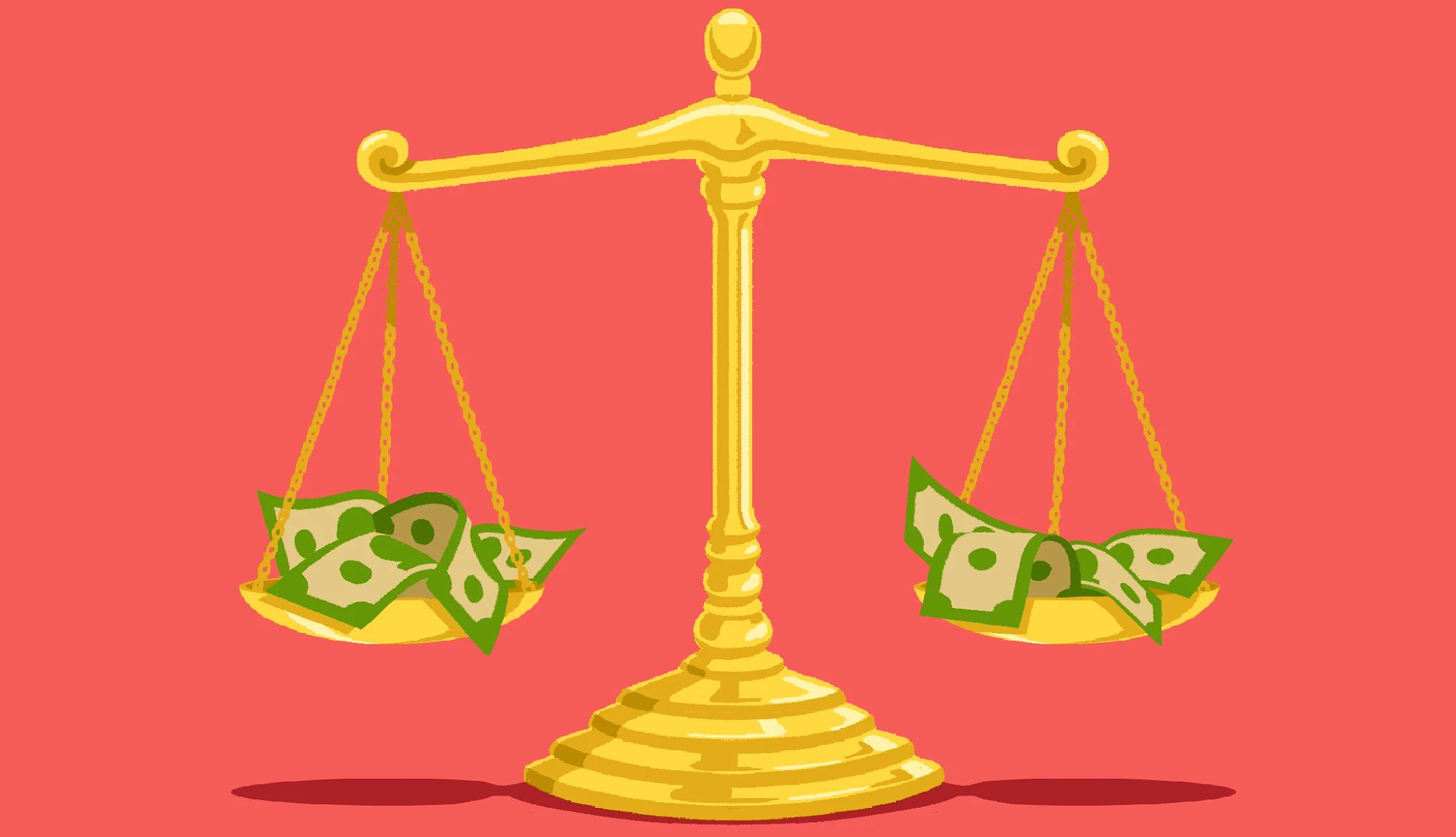AARP Hearing Center
Investment Returns Calculator
See how much your investment could be worth
Investment Returns
Change the information currently provided in the calculator to match your personal information and view your results.
AARP Tools & Calculators for Your Life
Free tools to help you better manage your finances, your health, caring for a loved one and planning for retirement.
So, just how good was that mutual fund you invested in five years ago? We can help you find out with the AARP Investment Returns Calculator.
Bear in mind that your returns depend, in part, on when you started investing. For example, someone who invested $1,000 in the Standard and Poor’s stock index in April 2021 would have earned 7.6 percent annually. Someone who invested the same amount in April 2019 would have earned 12.6 percent, according to Standard and Poor’s.
Bonds and stocks are considered long-term investments, which means that if you’re expecting a repeat of 2023’s stock performance — up 24 percent — be aware that you could also get a repeat of 2022’s performance — down nearly 19.5 percent. Similarly, bond market performance can vary widely, although typically not as much as stocks. But stocks usually return more than bonds and cash over the long term — typically 10 years or more.
You may find historical averages helpful when you estimate how much you’ll earn on your investments. As the Securities and Exchange Commission is fond of warning us, past performance is not an indicator of future returns. Nevertheless, you can use the 50-year returns from stocks, bonds and cash to get a rough idea of what you can expect for various types of investments.
- Large company stocks 11.5%
- Bonds 7.34%
- Cash 4.33%
Source: Morningstar Direct
Rising prices are the archenemy of retirees: Every year, things get a bit more expensive, but money from your investments can sometimes lag. (And in some years, such as 2021, things get a lot more expensive.)
From 1913 to 2024, the consumer price index, the government’s main gauge of inflation, has risen an average 3.2 percent a year, according to the Bureau of Labor Statistics.
Some people prefer to see their investment returns on an inflation-adjusted basis, known on Wall Street as the real return. Inflation has run about 2.8 percent annually the past decade, and the S&P 500 has gained about 12.7 percent. Your real return the past 10 years, then, has been 9.9 percent.
Don’t overlook the impact of reinvested dividends on your return. Since 1926, reinvested dividends have accounted for 32 percent of the S&P 500’s return, according to S&P. The S&P 500 has gained about 167 percent the past decade. For bonds, which are interest-bearing securities, reinvested interest accounts for an even larger chunk of your total returns.
Most mutual funds and exchange-traded funds take reinvested dividends into account when reporting returns. You may or may not have dividends included in returns from individual stocks. You can check your brokerage statement to see how much in dividends or interest you get each year.
Make sure that when you compare two investments, you’re not comparing apples to orangutans. For example, if an investment tracks the tech-laden NASDAQ stock index, its returns will be different from an investment that tracks the Standard & Poor’s 500. You can invest in funds that track both these indices, as well as funds that track small company stocks, midsize company stocks, foreign stock indexes and more. All will typically have significant differences in performance.
Explore Money Articles
Explore AARP Tools & Calculators


AARP Membership
$12 for your first year when you sign up for Automatic Renewal
Get instant access to members-only products and hundreds of discounts, a free second membership, and a subscription to AARP the Magazine.




































































